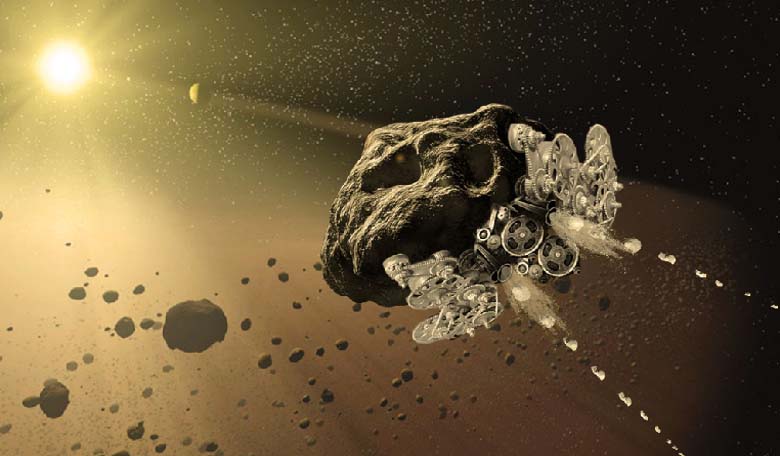A number of new proposals made through the NASA Innovative Advanced Concepts (NIAC) program, could see the space agency transforming the way future missions are conducted by funding the initial stages of projects such as the Direct Fusion Drive (DFD), an idea that could provide game-changing propulsion and power capabilities that would revolutionise interplanetary travel.
Thirteen proposals have been selected through the program that invests in transformative architectures through the development of pioneering technologies from diverse and non-traditional sources. By nurturing these visionary ideas, future NASA missions could be transformed with the creation of breakthroughs that are radically better or entirely new aerospace concepts.
“The latest NIAC selections include a number of concepts for planetary and robotic exploration,” said Steve Jurczyk, NASA’s associate administrator for the Space Technology Mission Directorate in Washington. “NASA continues to value early stage concept studies for our future missions.”
To get the projects off the ground, and to support initial definition and analysis of their concepts, NIAC Phase I awards are valued at approximately $100,000 for a typical duration of up to nine months. If these basic feasibility studies are successful, awardees can apply for Phase II awards, valued up to $500,000 for two additional years of concept development.
Along with the Direct Fusion Drive (DFD), other projects to be accepted in the NIAC 2016 Phase I selection process include; a method to convert entire asteroids into enormous autonomous mechanical spacecraft, a’Brane Craft,’ an ultra-light dynamic membrane spacecraft with a ultra-high power-to-weight ratio that can be used for the removal of orbital debris in low Earth orbit (LEO), a concept for reprogramming microorganisms that could use the Martian environment to recycle and print electronics and a system that harvests water in situ to enable low-cost sample return missions to icy moons through micro-landers.
“The 2016 NIAC Phase I competition was fierce, as usual. All of the final candidates were outstanding, and limiting the choice to what fit in our budget was difficult,” said Jason Derleth, NIAC program executive. “We hope each new study will push boundaries and explore new approaches – that’s what makes NIAC unique.”
For more information and a complete list of the selected proposals, and additional information about NIAC, visit: http://www.nasa.gov/feature/niac-2016-phase-i-sele...











